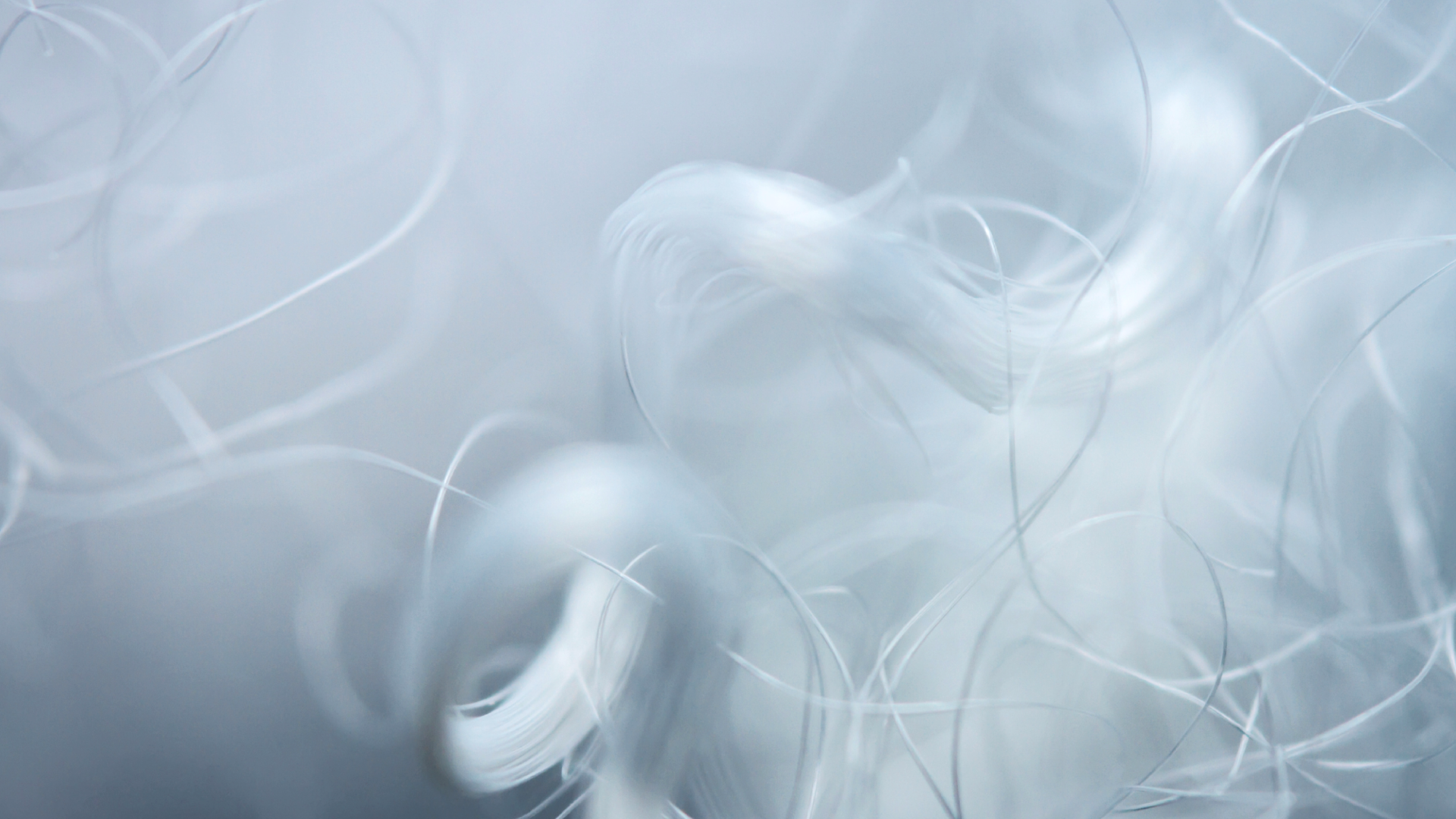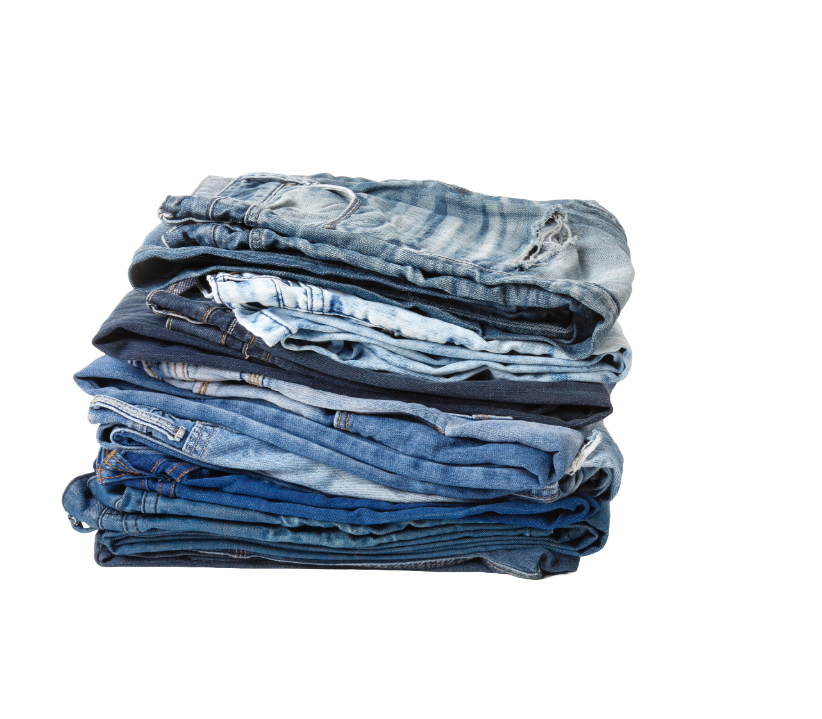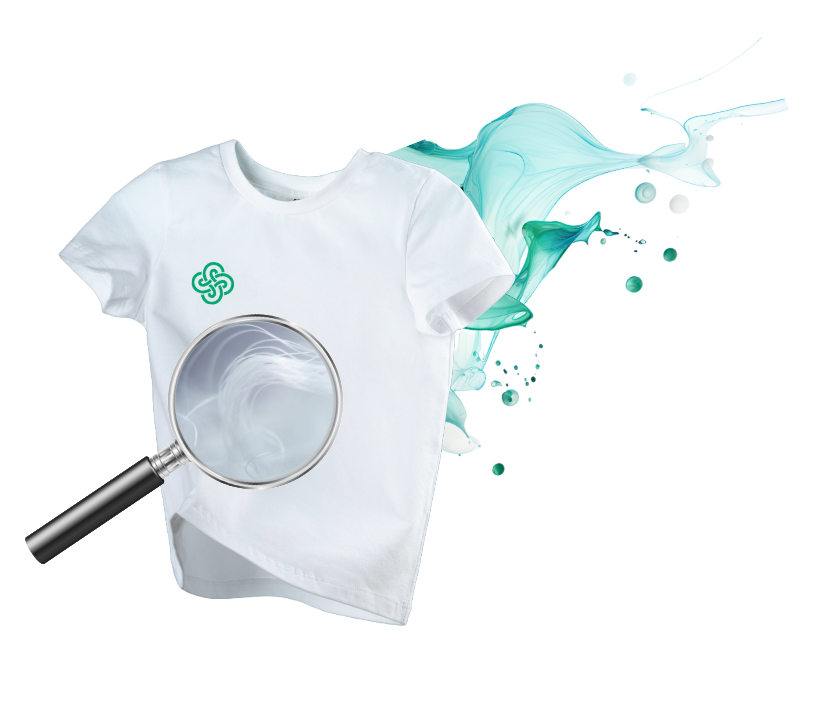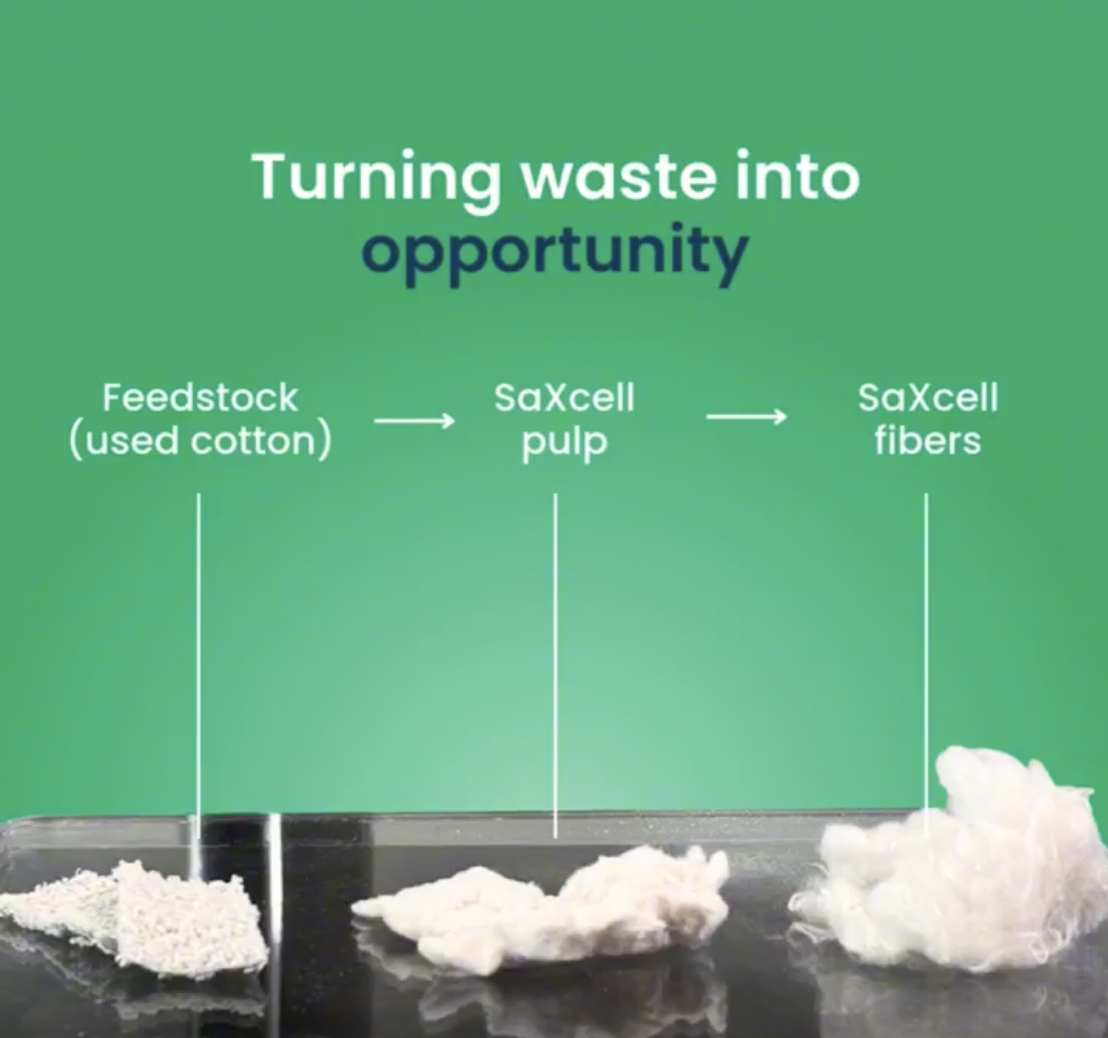Join us on a journey towards a textile industry!
Turning textile waste into valuable new fibers is what our innovative technology is all about.
Closed loop recycling
SaXcell closes the loop; used textiles collected and sorted are the feedstock for making high quality new fibers.
Used textiles are transformed into new raw materials (Man Made Cellulose Fibers) for making new textiles.
SaXcell fibers can be used in existing supply chains.
No changes to existing textile production equipment anywhere in the supply chain are necessary for using SaXcell fibers.
Used SaXcell fibers can serve as feedstock for the same process again.
Of course we recommend using the products (garments or household textiles) as long as possible before recycling again.
